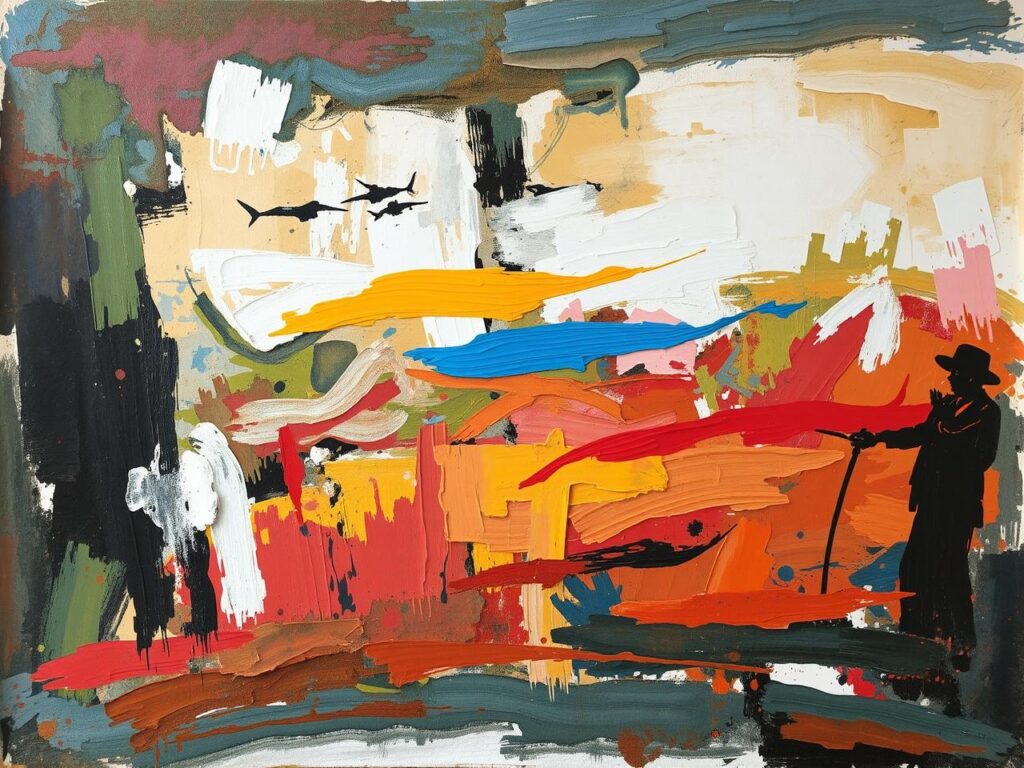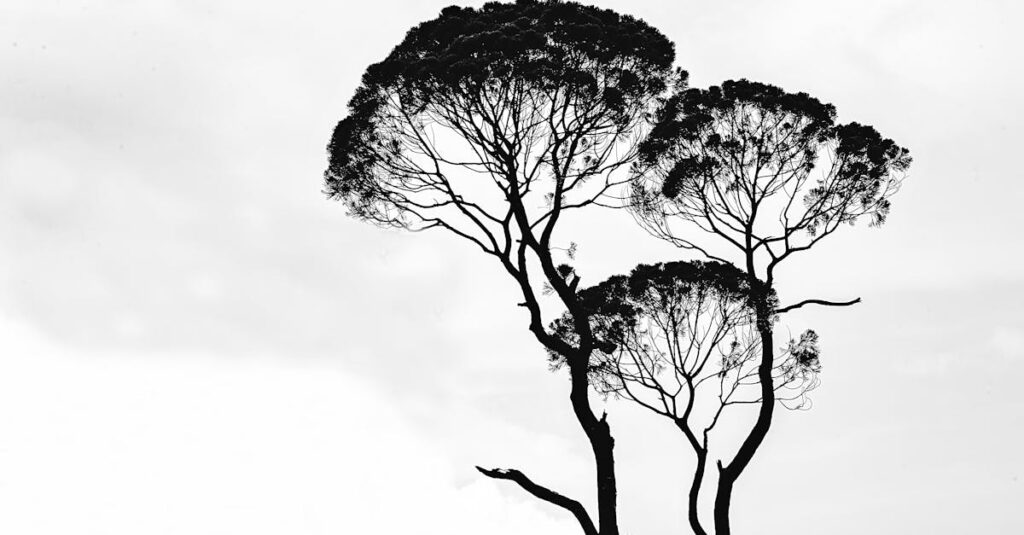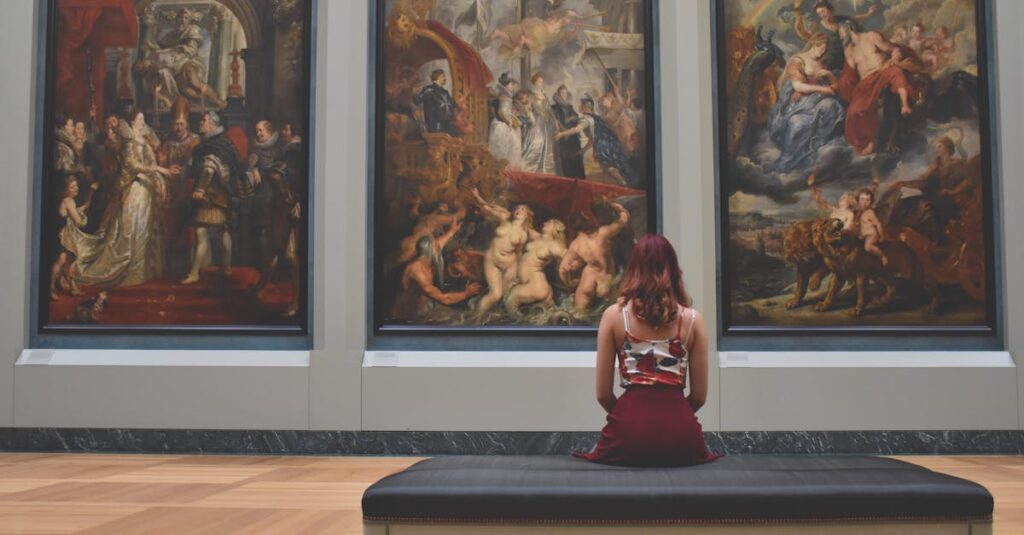Still Timeless: 10 Artists Whose Fame Never Faded

Art history is littered with flashes in the pan—talents who captured the zeitgeist for a moment and then faded into the ether. But a rare few transcend their time. Their brushstrokes, chisels, or visions etch themselves permanently into culture. We return to them again and again, not out of habit, but because they still speak to something vital, something human.
Let’s take a closer look at 10 such icons—artists who didn’t just gain recognition in their lifetimes, but whose names have become synonymous with greatness.
1. Leonardo da Vinci (1452–1519)
The Renaissance Polymath
You can’t start this conversation without Leonardo. He was less an artist, more a universal genius who happened to pick up a paintbrush. Mona Lisa and The Last Supper aren’t just paintings—they’re visual myths. Leonardo’s mastery of sfumato (soft blending of tones and edges) made his portraits glow with uncanny realism. But what makes him immortal? It’s his endless curiosity: anatomy, engineering, botany—his notebooks pulse with restless intellect.
2. Michelangelo Buonarroti (1475–1564)
The Sculptor of the Divine
If Leonardo was the mind, Michelangelo was the muscle. His sculptures—David, Pietà—feel carved from living flesh. He even called sculpture the noblest art, requiring wrestling with stone. His painting of the Sistine Chapel ceiling, despite his protests, became one of the greatest frescoes in Western art. His fame never waned because he captured human suffering, strength, and spiritual ecstasy with epic gravitas.
3. Rembrandt van Rijn (1606–1669)
The Master of Light and Shadow
Rembrandt’s genius was psychological. His self-portraits (over 80 of them!) are a visual autobiography of aging, ego, and empathy. He harnessed chiaroscuro (dramatic light/dark contrast) to illuminate the inner life of his subjects—saints, sinners, beggars alike. He fell out of fashion in his lifetime but was later hailed as the quintessential Dutch master. Today, his portraits feel startlingly modern, brutally honest.
4. Johannes Vermeer (1632–1675)
The Poet of Domestic Silence
Vermeer’s fame is ironic—he was almost completely forgotten after his death. Only in the 19th century did scholars revive his quiet brilliance. Works like Girl with a Pearl Earring or The Milkmaid radiate serenity. His use of light filtering through windows, and possibly a camera obscura, turned simple domestic scenes into meditative masterpieces. He painted fewer than 40 works, yet his name resonates like a haiku.
5. Francisco Goya (1746–1828)
The Prophet of Modern Horror
Goya began as a court painter, flattering royalty with elegant portraits. But wars and illness darkened his vision. By the time he painted The Third of May 1808 or the disturbing Black Paintings, he’d become a pioneer of expressionism and surrealism before those words even existed. His fame endures because he painted the grotesque, the irrational—the underside of Enlightenment. A bridge between classic and modern.
6. Claude Monet (1840–1926)
The Eye of Impressionism
Monet didn’t just paint what he saw—he painted how he saw. Light, time, weather—these were his true subjects. His Water Lilies, Haystacks, and Rouen Cathedral series obsessively tracked fleeting effects. Critics once called his brushwork “unfinished,” but now we see it as revolutionary: color and perception over detail. His vision laid the groundwork for modern abstraction.
7. Vincent van Gogh (1853–1890)
The Martyr of Modern Art
Ah, Vincent. The tortured soul of art history. He sold only one painting in his lifetime, yet today his Starry Night and Sunflowers are global icons. His thick, impulsive brushstrokes and swirling colors weren’t just aesthetic—they were emotional outbursts. Van Gogh painted not what he saw, but what he felt. His fame grew posthumously, but it exploded because his raw vulnerability mirrors our own.
8. Pablo Picasso (1881–1973)
The Shape-Shifter
Picasso didn’t evolve—he transformed, constantly. From Blue Period melancholy to Cubist fragmentation, from classical figuration to wild abstraction, he broke every rule. Co-founder of Cubism, inventor of collage, and a prolific genius who produced over 20,000 works—his influence is immeasurable. Love him or loathe him, you can’t ignore him. His fame thrives on constant reinvention.
9. Frida Kahlo (1907–1954)
The Icon of Identity
Few artists turned their pain into poetry like Frida. A horrific accident, endless surgeries, a stormy marriage with Diego Rivera—her life was woven into her art. Her paintings, many self-portraits, are deeply symbolic, surreal, and unapologetically personal. Today, she is a feminist icon, a queer icon, a cultural icon. Her fame isn’t just artistic—it’s political and personal.
10. Andy Warhol (1928–1987)
The Prophet of Pop
“Everyone will be famous for 15 minutes.” Warhol said it, lived it, and dissected it. He turned soup cans, Marilyn Monroe, and Brillo boxes into high art. His studio, The Factory, was a hub of celebrity, drugs, drag, and avant-garde creativity. Critics once dismissed him as shallow. Today, we see his brilliance in how he blurred the line between consumerism and culture. His fame is the subject and the art.
Final Brushstroke
These artists didn’t just master technique—they redefined it. Their fame isn’t accidental. It’s earned through relentless experimentation, personal sacrifice, and a willingness to express truths both beautiful and brutal. Whether painting pop icons or divine ceilings, they left marks on the canvas—and on us—that time can’t erase.
Because great art doesn’t age. It echoes.


